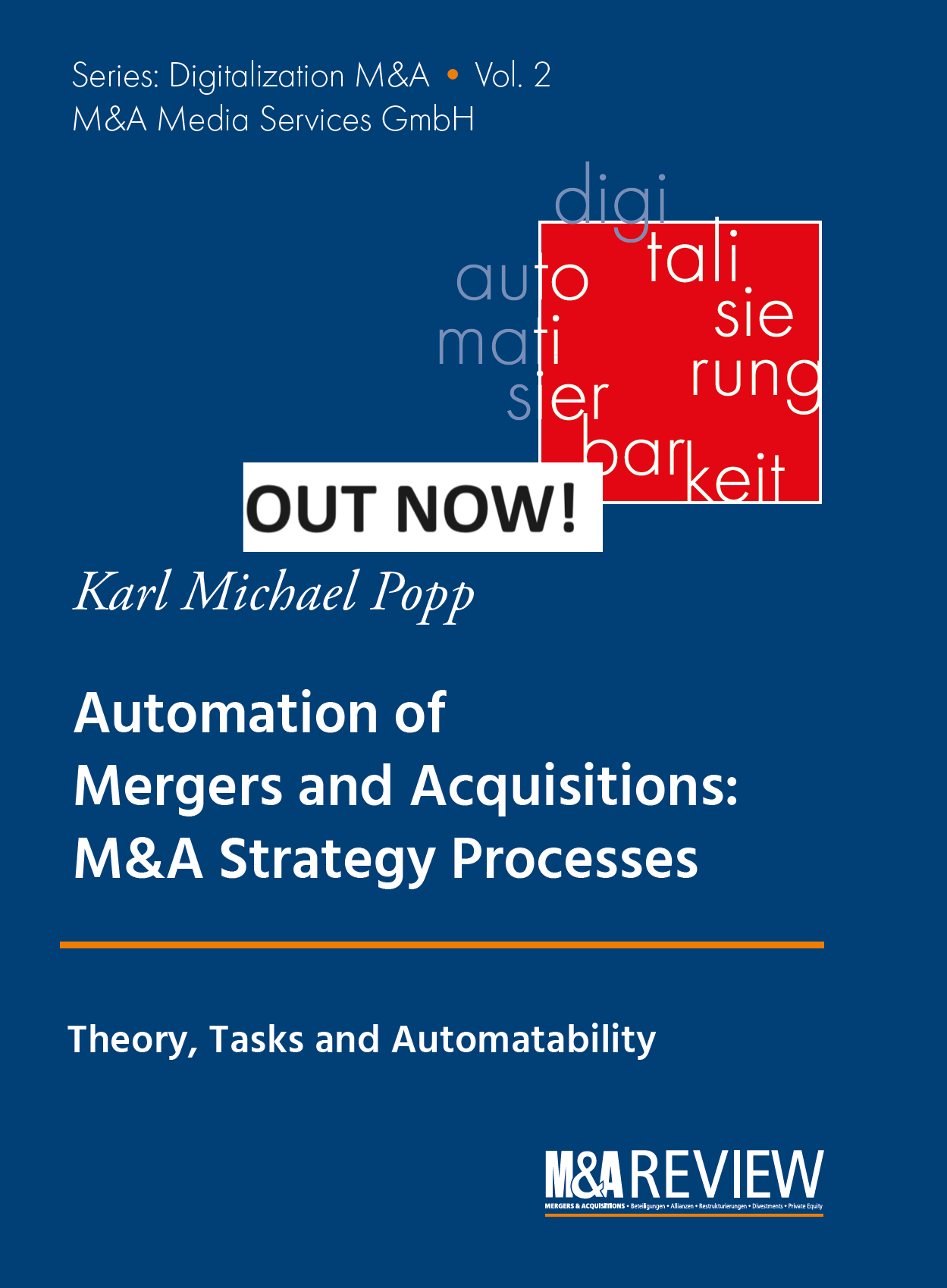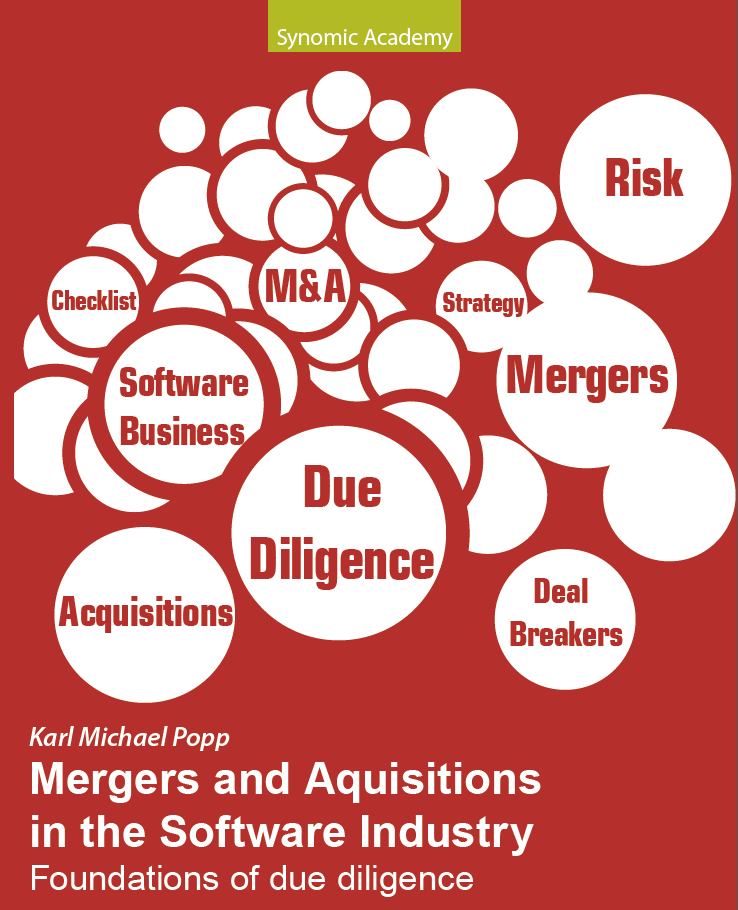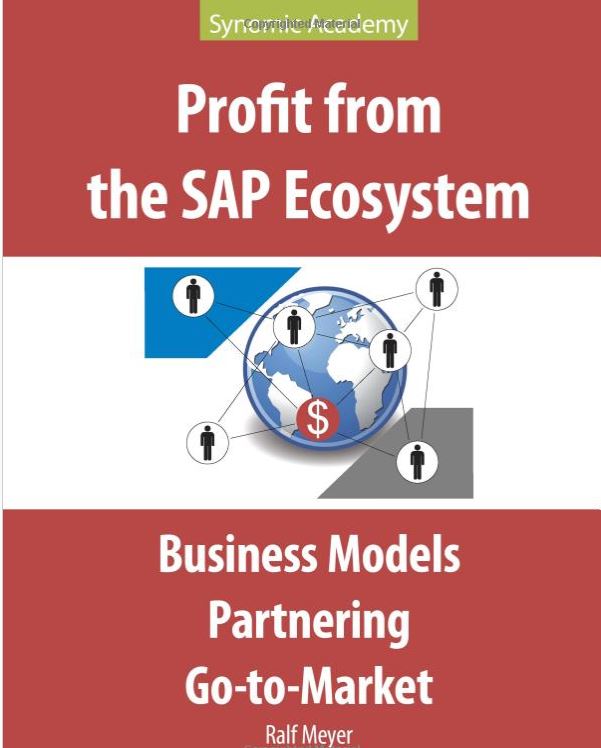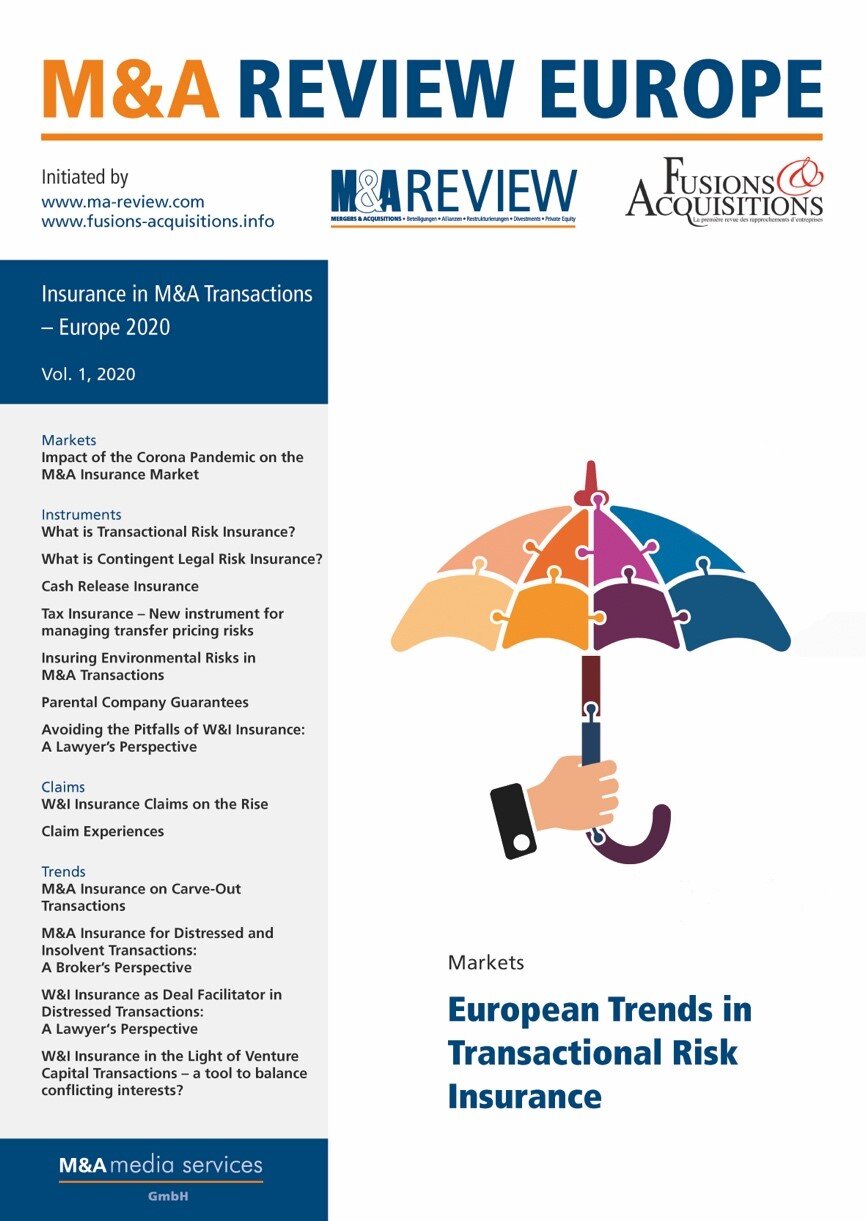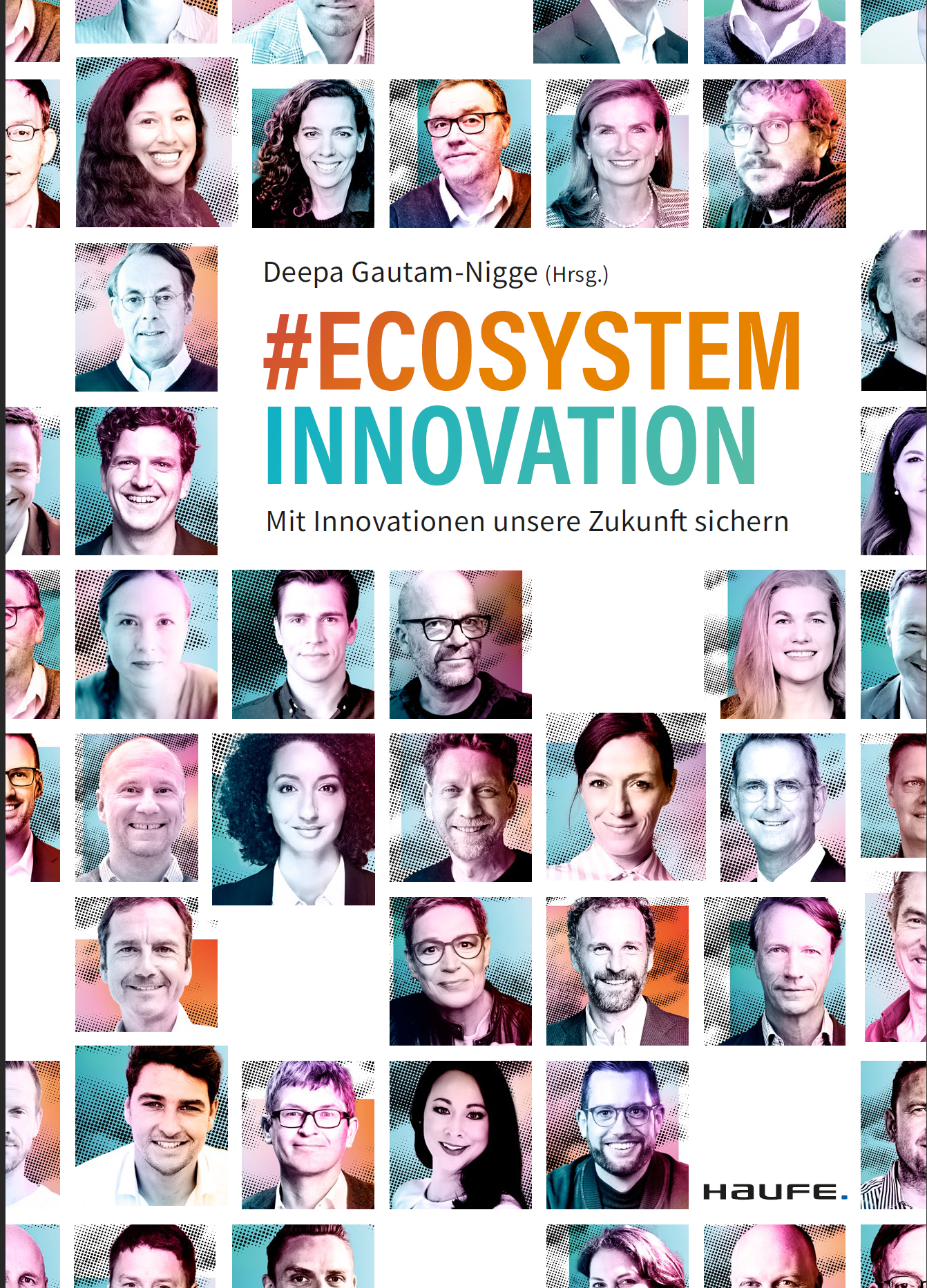Threat modeling during post merger integration
Threat modeling constitutes an indispensable and fundamental element at the commencement of the post-merger integration process for a multitude of significant reasons, all of which contribute to the safeguarding and optimization of the newly formed entity's operational integrity:
Identification of Vulnerabilities: This process is instrumental in systematically pinpointing and elucidating potential vulnerabilities and threats that may exist within the intricate systems and processes of the amalgamated organization, which is vital for the preservation and protection of digital assets from the nefarious activities of malevolent actors who may seek to exploit such weaknesses.
Risk Mitigation: Through a comprehensive understanding of the multifaceted threat landscape, organizations are empowered to formulate and implement robust strategies aimed at mitigating risks, thereby ensuring that both entities involved in the merger are adequately shielded against the myriad of potential cyber threats that could jeopardize their operational security.
Alignment of Security Postures: The practice of threat modeling facilitates the essential alignment of cybersecurity strategies between the organizations that are merging, thereby fostering a cohesive and unified approach to security that enhances the overall protection of the newly integrated systems.
Protection of Intellectual Property: This critical framework serves to effectively safeguard intellectual property and other vital assets that could potentially be jeopardized or exposed during the complex integration process, thus ensuring that proprietary information remains secure.
Regulatory Compliance: Moreover, it plays a pivotal role in guaranteeing that the newly merged entity adheres to the pertinent cybersecurity regulations and standards that govern its operations, thereby averting any potential legal and financial repercussions that could arise from non-compliance.
Enhanced Resilience: By proactively addressing and mitigating potential threats through this meticulous process, the merged entity is positioned to significantly enhance its resilience against future cyber incidents, thereby ensuring uninterrupted business continuity in the face of evolving threats.
These various dimensions underscore the paramount importance of incorporating threat modeling at the earliest stages of the post-merger integration process, as it is essential for effectively securing the newly established organization and fortifying it against potential vulnerabilities.
This relates to my new book “Automation of Mergers and Acquisitions“.


